No surprise from Fed. Below is the full statement.
Federal Reserve issues FOMC statement
Information received since the Federal Open Market Committee met in June indicates that the labor market has continued to strengthen and that economic activity has been rising at a strong rate. Job gains have been strong, on average, in recent months, and the unemployment rate has stayed low. Household spending and business fixed investment have grown strongly. On a 12-month basis, both overall inflation and inflation for items other than food and energy remain near 2 percent. Indicators of longer-term inflation expectations are little changed, on balance.
Consistent with its statutory mandate, the Committee seeks to foster maximum employment and price stability. The Committee expects that further gradual increases in the target range for the federal funds rate will be consistent with sustained expansion of economic activity, strong labor market conditions, and inflation near the Committee’s symmetric 2 percent objective over the medium term. Risks to the economic outlook appear roughly balanced.
In view of realized and expected labor market conditions and inflation, the Committee decided to maintain the target range for the federal funds rate at 1-3/4 to 2 percent. The stance of monetary policy remains accommodative, thereby supporting strong labor market conditions and a sustained return to 2 percent inflation.
In determining the timing and size of future adjustments to the target range for the federal funds rate, the Committee will assess realized and expected economic conditions relative to its maximum employment objective and its symmetric 2 percent inflation objective. This assessment will take into account a wide range of information, including measures of labor market conditions, indicators of inflation pressures and inflation expectations, and readings on financial and international developments.
Voting for the FOMC monetary policy action were: Jerome H. Powell, Chairman; John C. Williams, Vice Chairman; Thomas I. Barkin; Raphael W. Bostic; Lael Brainard; Esther L. George; Loretta J. Mester; and Randal K. Quarles.




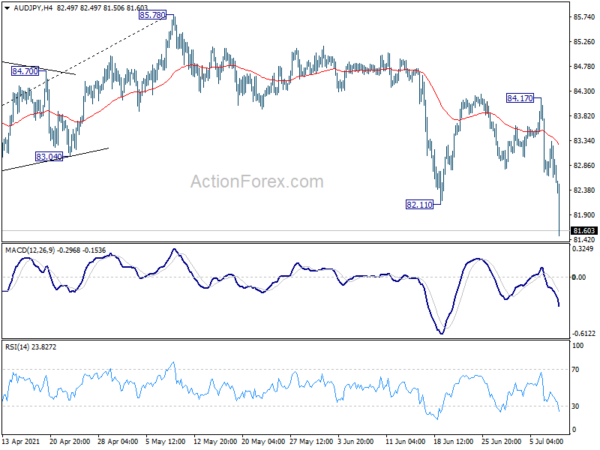
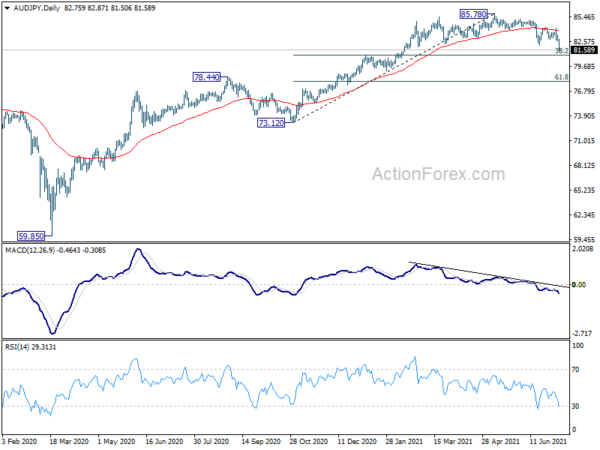
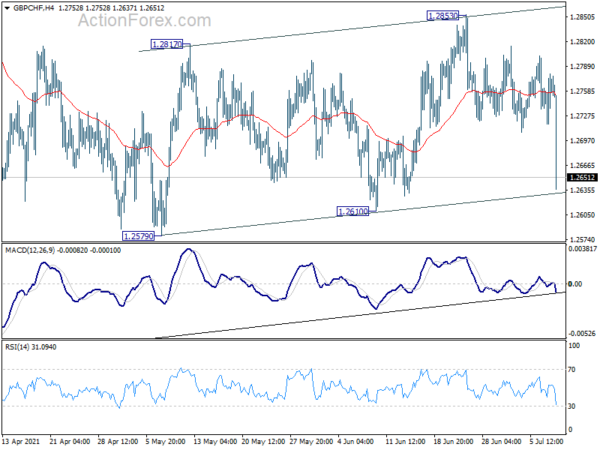
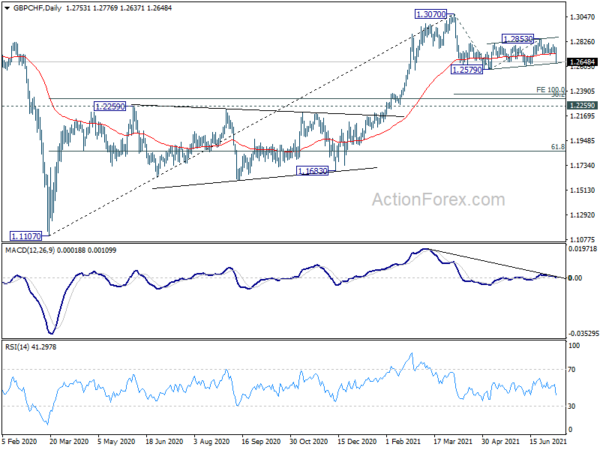
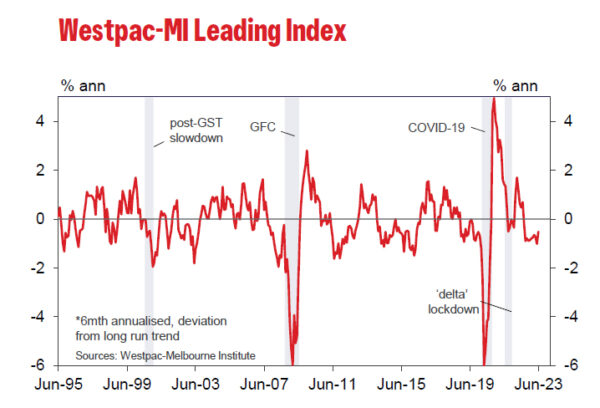
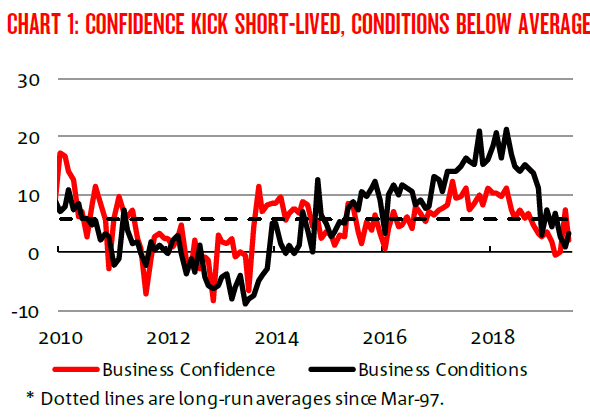
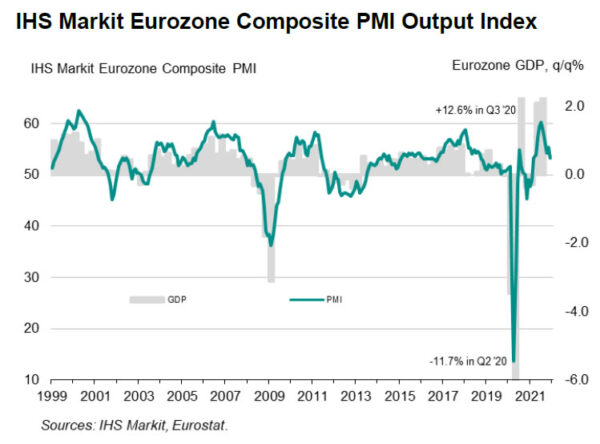
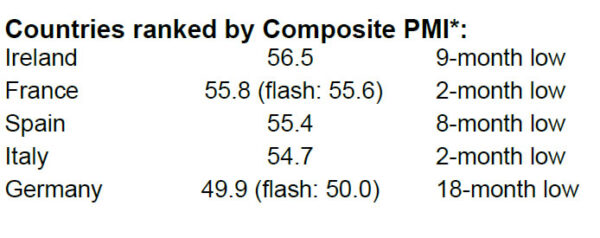
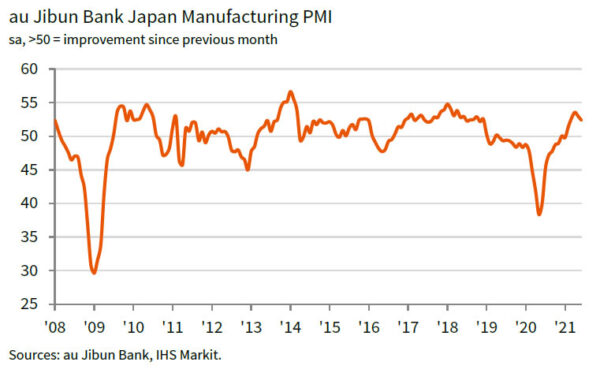
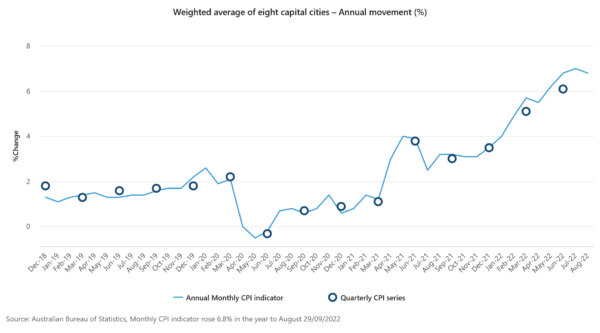

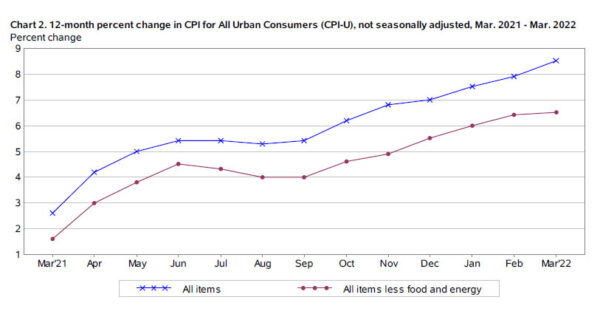
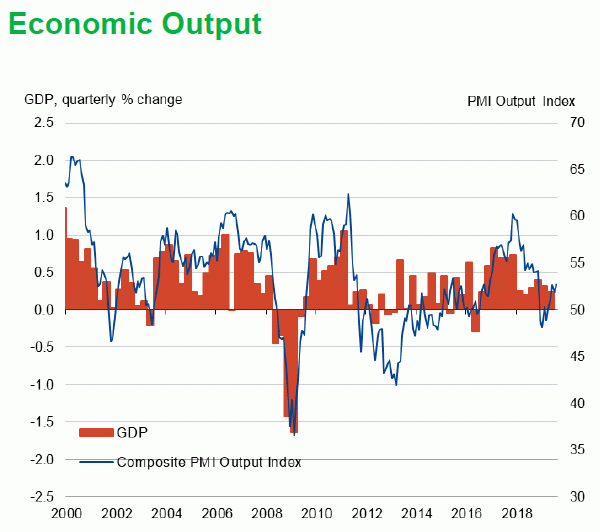

Eurozone Sentix investor confidence rose to -4.5, deeper recession could be averted
Eurozone Sentix Investor Confidence improved to -4.5 in November, up from -16.8 and beat expectation of -13.0. Current Situation Index rose to -5.5, up from -15.5. Expectations Index rose to -3.5, up from -18.0, highest since May, 2019.
Sentix said that the indices “give hope that a deeper recession can be averted in the eurozone”. The turnaround in ECB’s monetary policy has been “well received” by investors. It’s also measuring a stronger rise in money supply aggregates again, which usually has a “stimulating effect” on the economy. Growth is also expected to be supported by “higher government spending”.
For Germany, the Overall Index rose to -6.5, up from -19.4. Current Situation Index rose from -18.0 to -8.3.l Expectations Index rose from -20.8 to -4.8, also highest since May. “Since the trend reversal that is now becoming apparent is also being led by the Asia ex Japan region, the hope that the slide into recession can be averted is also nourishing hope for the German economy”.
Full release here.